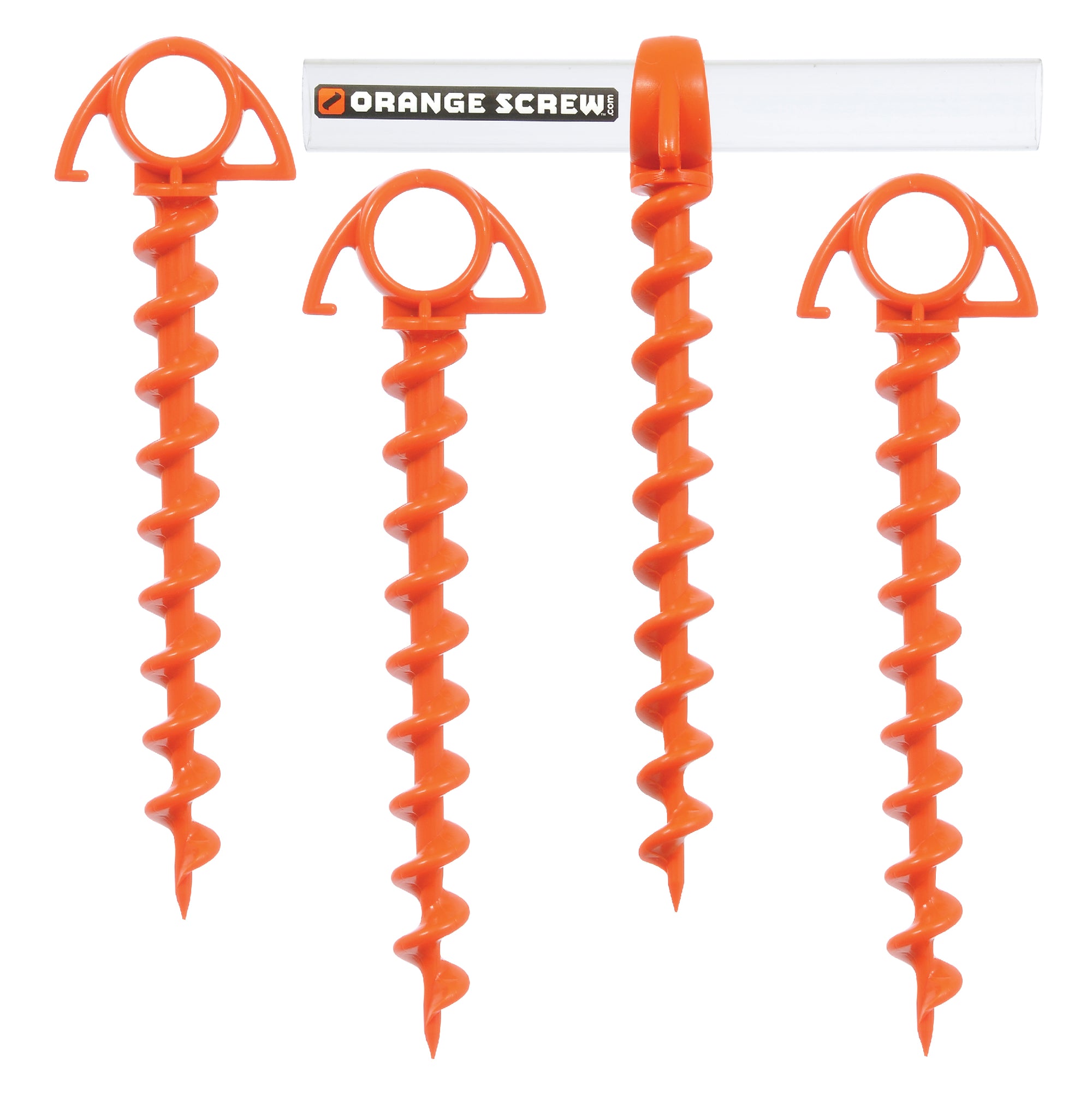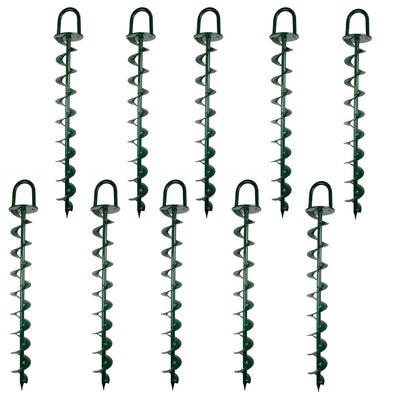Industry Professionals Offer Tips on the Best Ground Anchor Solutions
Industry Professionals Offer Tips on the Best Ground Anchor Solutions
Blog Article
Discover the Essential Uses of Ground Support in Construction and Landscaping
Ground anchors are important parts in both building and construction and landscape design, supplying necessary stability and support throughout numerous applications. Their role in securing heavy devices and improving soil retention emphasizes their value in promoting security and sustainability.
Safeguarding Fencings and Gates
Securing fences and gates is a basic facet of residential or commercial property delineation and safety in both business and domestic atmospheres. Ground supports play an important duty in making sure that these structures continue to be efficient and secure over time. By providing a durable anchoring service, ground supports help prevent fencings from leaning or falling down because of ecological variables such as wind, soil erosion, or ground movement.
In domestic settings, appropriately anchored fences not only boost the aesthetic appeal of a residential property however additionally supply safety and security and security for animals and family members. Similarly, in business settings, safe and secure fencing is important for securing assets, marking property borders, and guaranteeing the security of consumers and staff members. Ground supports can be installed in different soil types and problems, making them flexible for various jobs.
Furthermore, using ground supports enables a much more permanent remedy contrasted to conventional techniques, such as concrete footings, which can be labor-intensive and taxing. Ground Anchor. This performance is especially important in landscaping tasks where timelines are crucial. Generally, the assimilation of ground anchors into fence and gateway installations substantially adds to their long life, performance, and total efficiency in protecting buildings
Maintaining Temporary Structures
While momentary frameworks are commonly designed for temporary usage, their stability is critical for guaranteeing security and functionality during their functional period. Ground supports function as a reliable remedy for stabilizing these frameworks, which might include tents, phases, or modular structures. By securing these setups safely to the ground, ground supports aid withstand wind uplift and lateral forces that can jeopardize the honesty of the structure.

Additionally, using ground supports allows for simple elimination and repositioning of momentary frameworks, making them an excellent option for building and construction websites or occasions that call for adaptability. Generally, ground anchors are a crucial tool in the risk-free and efficient administration of temporary frameworks, guaranteeing they execute reliably throughout their intended usage.
Supporting Preserving Wall Surfaces
Using ground anchors considerably boosts the structural honesty of maintaining walls, which are vital for managing dirt disintegration and keeping landscape stability. Preserving wall surfaces go through side earth pressures, and without appropriate assistance, they can stop working, bring about pricey repairs and potential damage to bordering structures. Ground supports offer a dependable solution by moving the load from the wall right into the underlying soil or rock, making certain the wall stays protected and upright.
These anchors are typically set up at an established angle and deepness, allowing them to resist the pressures applied by the maintained soil. By using high-tensile toughness products and proper installation techniques, ground anchors can significantly enhance the wall surface's efficiency under numerous environmental conditions, including hefty rains and seismic task.
In enhancement, using ground supports can reduce the requirement for extensive excavation and material usage, promoting more sustainable building and construction methods. This strategy not only boosts the durability of preserving wall surfaces yet likewise decreases the total footprint of landscape design tasks. As a result, including ground anchors in retaining wall design is an important method for both building specialists and landscape engineers intending to guarantee lasting security and safety.
Anchoring Heavy Tools

Ground anchors give a trusted technique to protect equipment, distributing pressures equally and strengthening security. Using anchors enables drivers to work confidently, particularly when lifting or relocating hefty loads. Additionally, in situations where equipment must be placed on unstable or soft soil, ground supports can be installed to boost grip and avoid devices from coming to be or sinking immobilized.
Applying an organized strategy to securing heavy tools not just improves operational performance but likewise promotes safety and security standards on website. Regular examinations and maintenance of securing systems are vital to guarantee their continued performance. By focusing on the anchoring of heavy tools, building and construction and landscape design professionals can create much important site safer work settings, ultimately resulting in check these guys out more effective task results.
Enhancing Dirt Retention

Dirt erosion presents a considerable difficulty in both building and construction and landscaping tasks, making efficient soil retention techniques necessary. Ground supports play an important role in improving soil retention by supplying security to structures and greenery, thereby preventing dirt variation brought on by water runoff and wind.
The installation of ground supports involves embedding steel rods or cables deep right into the dirt, which are then safeguarded to maintaining wall surfaces, terracing systems, or plant life. This anchoring device not just stabilizes the soil yet likewise boosts the overall integrity of landscape design features. As an example, in sloped locations, ground supports can be used to sustain maintaining walls, effectively reducing the threat of landslides and dirt disintegration.
Moreover, these anchors aid in the establishment of ingrained plants, which better fortify the dirt framework. By urging root development, ground anchors add to a robust community that naturally holds soil in location, decreasing the need for synthetic barriers or constant maintenance.
Verdict
In verdict, ground supports offer multiple essential functions in construction and landscaping. By facilitating these necessary tasks, ground supports contribute significantly to the overall stability of various jobs, making certain sturdiness and sustainability in both household and commercial settings.
By offering a durable anchoring solution, ground anchors help prevent fences from leaning or collapsing due to environmental aspects such as wind, soil erosion, or ground motion. - Ground Anchor
By securing these installments firmly to the ground, ground anchors assist withstand wind uplift and side pressures that can endanger the integrity of the structure.
Utilizing ground supports substantially enhances the architectural honesty of retaining wall surfaces, which are important for taking care of soil erosion and preserving landscape stability. Ground anchors give a trustworthy solution by moving the load from the wall into the underlying dirt or rock, making certain the wall stays upright and secure.

Report this page